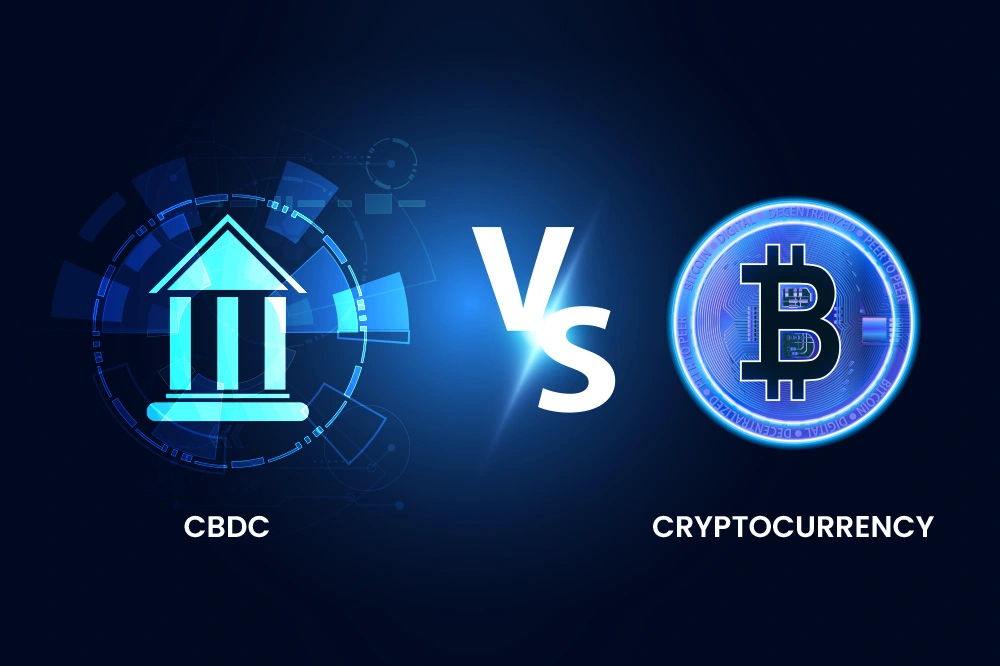Handling Crises 危機 (“Kiki”)
危機 (“Kiki”) is the Japanese word for crisis, it is composed of two letters:
(危) means “dangerous”
(機) means “opportunity”
Combined, crises are both an opportunity and a threat.
No matter your company’s age, size, or legacy, it is vulnerable to a crisis. Recently, some of the world’s most prominent brands have come under fire from the media. Like when Uber lost 200,000 customers after the hashtag #DeleteUber trended when they operated during the Trump strike. Or when United Airlines lost $800 million in value in a matter of hours.
A 2021 PWC study showed that 35% of respondents had a crisis plan in place when the COVID-19 pandemic hit, and only 20% felt the pandemic positively impacted their organizations. Seeing the consequences Uber and United Airlines faced, companies must have a crisis management strategy.
Crisis Management For Real Estate Companies
The pandemic brought unprecedented challenges to businesses, not just the real estate market. Statistics showed that nearly 100,000 businesses closed shop permanently. That forced many companies to reevaluate their crisis management strategies.
Many developers experienced stoppages and delays in their real estate projects, requiring companies to think outside the box to create safe and smart solutions.
Many companies tend to be reactive instead of proactive regarding crisis management, but lacking a crisis strategy may lead to the following issues:
● No designated spokesperson to coordinate communications can lead to a communications breakdown.
● A lack of clear messaging to stakeholders to address the situation can make them confused, scared, and angry, which is bad for business.
● Outsiders looking in will place your company on the list of companies facing a PR disaster in that year.
● Solving the crisis will take far longer, so you may hit some snags.
● If you do not take control of the situation, the company will face negative financial ramifications.
Crisis Management Examples
1. Cracker Barrel
In 2017, Bradley Reid posted on the restaurant’s corporate page, asking why they fired his wife, Nanette, after working at the restaurant for 11 years. Soon enough, the hashtag #JusticeforBradsWife began trending online. Shortly afterwards, someone started an online petition at Change.org, seeking answers. 17,000 went ahead to sign it.
The response the restaurant gave to the crisis was silence. They ignored the hashtags, petitions, and firestorm surrounding the situation. Cracker Barrel did run through the crisis without so much as a tumble in its net worth.
The key takeaway from this is that sometimes silence works best. It is a risky choice, but like Cracker Barrel, it may turn out well. A new video trends every other day, and people are quick to forget and move on. This strategy may just work out if keyboard warriors find something else to focus on.
2. Johnson & Johnson
In 1982, Johnson & Johnson faced a crisis where 7 people in Chicago died after ingesting over-the-counter Tylenol capsules laced with cyanide. To date, the incident remains unsolved. How the company handled the crisis is a textbook example of crisis management today.
Following the deaths, Johnson & Johnson immediately responded by stopping advertising for all its products. The company then sent out 450,000 messages to healthcare facilities and stakeholders, informing them of the crisis. Johnson & Johnson also sent out safety warnings to consumers.
Evidence later showed that the substance was accidentally introduced through store shelves and that it was not the company’s fault. However, the company still took full responsibility. This incident led to the company eventually manufacturing tamper-proof packaging.
Experts roundly regard the response as one of the best in the history of crisis management. The media praised how J&J handled the situation and how it also helped Tylenol recover as a brand. The key takeaway is that integrity and transparency go a long way towards building consumer and public trust again.
Crisis Management Planning Tips
Having looked at how some companies managed their crises using essential principles, below are a few steps to create a successful crisis management plan.
1. Anticipate Crises
Instead of waiting to scramble a team and a plan together after a crisis, plan ahead for the worst-case scenarios. During brainstorming sessions with the team you put together, quickly determine which situations are preventable. You can include variables in the plan that allow tweaking in response to a real crisis.
2. Create A Crisis Team
By default, the crisis team should include the management team, the CEO, and the PR manager. If possible, have web and social media managers on the team. Social media managers are on the frontline and can detect the public’s consensus and mood.
They can also gather insight from online mentions, hashtags, or posts that the company can use to steer the crisis on the right track.
Next, you want to choose the right spokesperson in place—one who is comfortable in front of cameras and people. If possible, the spokesperson you select should have some media training.
3. Know Your Stakeholders
The internal and external stakeholders are the first people you should communicate with. Develop communication channels that will resonate with stakeholders individually.
4. Develop Holding Statements
With the proactive planning in place, you should already have pre-planned holding statements ready to release inside the company’s online newsroom. The main aim of a holding statement is not to plead for forgiveness or grovel; the idea is to acknowledge the situation and provide contact information that the public can use.
5. Post-Crisis Review
As insignificant as it may seem, this is a step that major companies focus on that helps evaluate and update the crisis management process. Develop, assess, and discuss strategies to update potential scenarios that may happen.
This is a crucial process as you now have data and facts regarding how the company reacted to the crisis, the public’s response, and stakeholders’ reaction to the situation. You can use the information to ensure the company creates an even better crisis response.
In Conclusion
Any company can implement the same strategies big companies use for their crisis management. Combine the swift and transparent response that Johnson & Johnson used, with the crisis plan outlined above, to ensure your company stays ahead in any crisis it may face.
I personally look forward to times of crises, it dramatically improves my returns and allows me an opportunity to test myself against unknowns. The most important thing that crises brings to the forefront are my inherent weaknesses in my structures, it allows me an opportunity to prune dead wood and recharacterize / recast the future. Look to crises as an opportunity, not a threat.
www.redpillkapital.com
If you simply need more information. have questions, or want to discuss a specific deal, I’m always excited to help. Reach out to me at info@redpillkapital.com
If you are ready to start your journey to financial freedom but want specific additional educational materials, we have a course designed for physicians.






